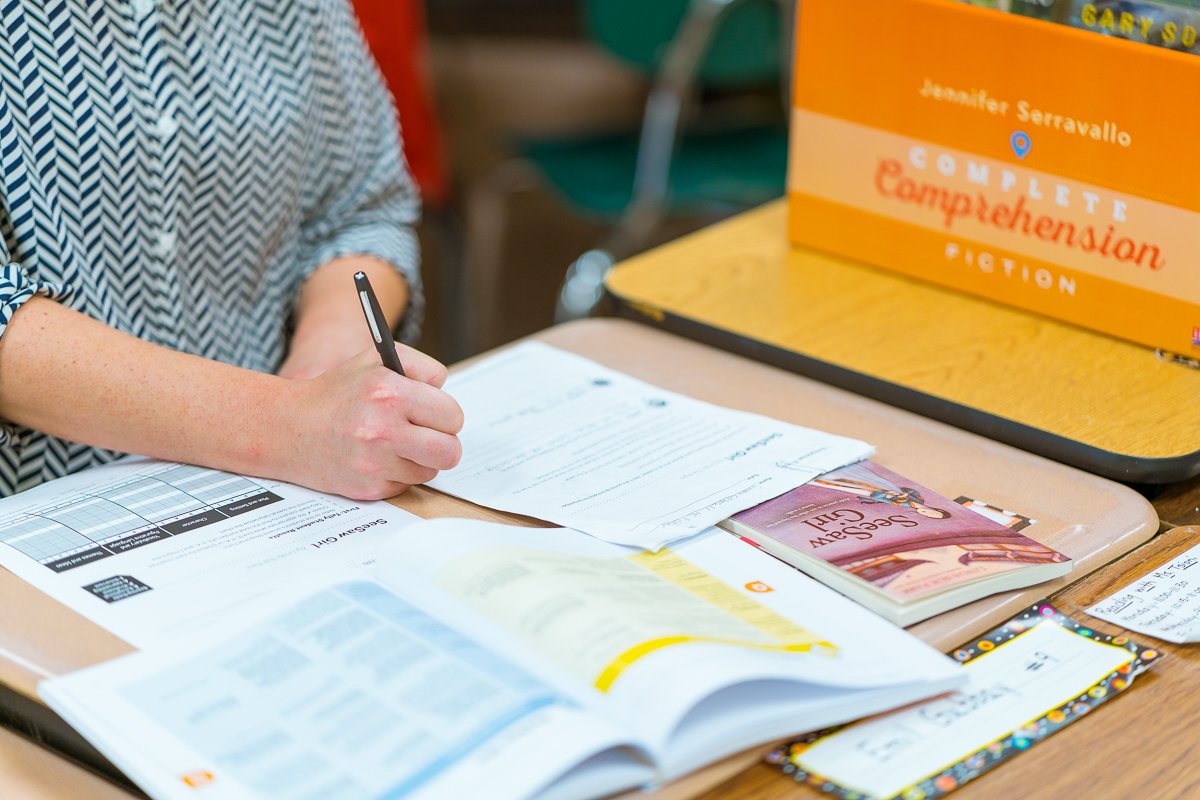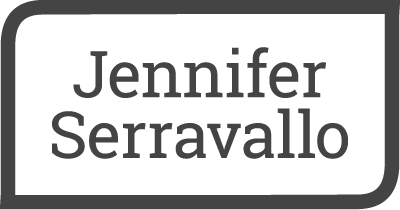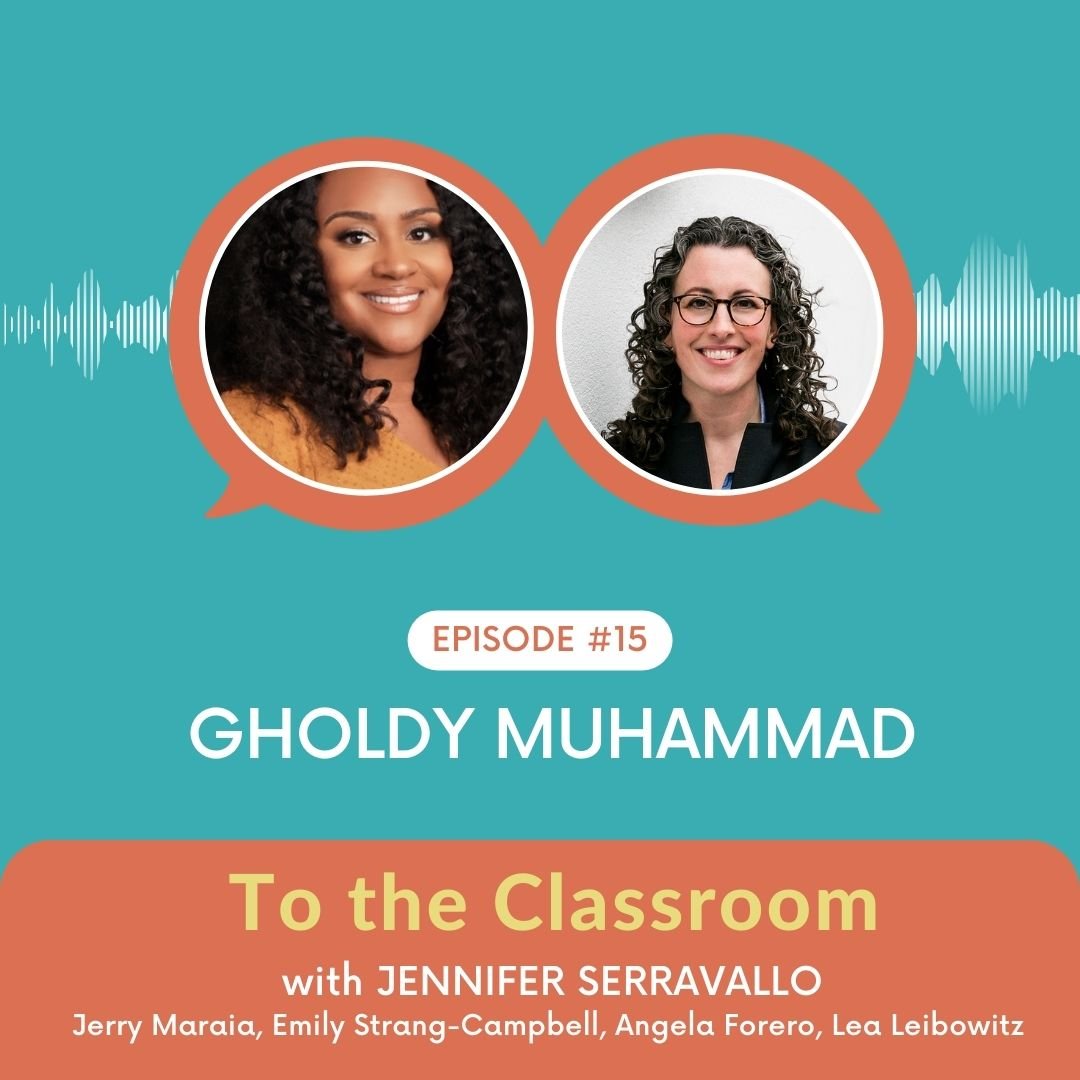
Blog
stay informed
Updated regularly, this is where you’ll find full transcripts of the To the Classroom Podcast as well as blogs by Jennifer Serravallo and her colleagues offering practical tips and ideas for teaching and coaching, inspired by the podcast conversations.
Karen Harris
Dr. Karen Harris joins Jennifer Serravallo for Episode 29 of To the Classroom. Lainie Powell and Lea Leibowitz join for the post-interview conversation.
Steve Graham
Dr. Steven Graham, lead author on the IES practice guides for What Works Clearinghouse, as well as a co-author of many meta-analyses about what effective writing instruction looks like, joins Jennifer Serravallo for Episode 28 of To the Classroom.
P David Pearson
Today's guest is none other than THE Dr. P David Pearson. Usually I approach guests with a topic in mind, but because Dr. Pearson had just written on just about every topic there is to write about in the field of literacy education, I asked him what he wanted to discuss. He said: "how to design an ideal literacy block aligned to research." I love the topic and I hope you will too. As always, I'm joined by colleagues in the second half of the episode today. It's Gina Dignon and Macie Kerbs to talk about practical takeaways for the classroom. It's a long episode, but worth every minute.
H. Richard Milner
Dr. H Richard Milner joins Jennifer Serravallo for Episode 26 of To the Classroom. Educational leaders Aeriale Johnson and Jerry Maraia join for the post-interview conversation.
Laura Ascenzi-Moreno
Jennifer Serravallo interviews Dr. Laura Ascenzi-Moreno for Episode 25 of To the Classroom. Angie Forero and Cristy Rauseo, two bilingual educators, join for the post-interview conversation.
Caitlin Ryan and Jill Hermann Wilmarth
Jennifer Serravallo interviews Dr. Caitlin Ryan and Dr. Jill Hermann-Wilmarth about LGBTQ+ inclusivity in classrooms.
Elizabeth Sulzby
Jennifer Serravallo talks with Dr. Elizabeth Sulzby about pre-emergent and emergent literacy and language development.
Haeny Yoon and Lalitha Vasudevan
Jennifer Serravallo interviews Dr. Haeny Yoon and Dr. Lalitha Vasudevan about play in early childhood and adolescence.
Walker and Wasowicz
Today’s episode is a double – I have two guests to teach us about a speech to print approach to spelling and phonics instruction. John Walker is the UK-based creator of Sounds-Write. Jan Wasowicz is the US-based creator of Spell Links. We’ll talk about the differences–and benefits–of using a speech to print approach. Later, I’m joined by colleagues Macie Kerbs and Rosie Maurantonio, as well as the author of We Do Writing, Leah Mermelstein, for a conversation about practical takeaways for the classroom.
Tim Rasinski
Jennifer Serravallo interviews Dr. Tim Rasinski about the Art and Science of teaching reading, and the decades of research on fluency instruction. The episode is jam-packed with practical advice for the classroom.
Steacy and Compton
Today’s guests are Drs. Laura Steacy and Don Compton, researchers who explore and write about the skill Set for Variability. You’ll hear them talk about this new area of research which offers an explanation for how students self-correct pronunciations of words when reading, and may have interesting implications for how we learn to remember spellings of irregular words. After my interview, I’m joined by my colleagues Macie Kerbs and Lainie Powell for a discussion about takeaways for the classroom.
Peng Peng
My guest today is Dr. Peng Peng, co-author of a recently-published meta-analysis that examined the role of strategy instruction with struggling readers in grades 3-12. The analysis sought to understand which strategies, and which strategy combinations, are most important to prioritize in a time-crunched intervention setting. Later, I’m joined by my colleague Elisha Li for a conversation about practical takeaways for the classroom.
The Power of Positivity
I’ve been obsessed with the US Open this year. I’m not a big sports watcher usually, but this time I was absolutely captivated. The athleticism, the sportsmanship, the players’ stories, the tension and drama. I watched so many hours of tennis.
Watching, I appreciated how it’s a mental game as much as a physical one.
I noticed players talking to themselves after an error—you could tell some were focused and undeterred, telling themselves “You’ve got this. Stay with it.” Others were visibly frustrated and angry at themselves, and I couldn’t hear, but I imagined they were saying, “C’mon. I can’t believe you missed that shot. You have to do better.” I’m inferring, of course, but I sensed it from their body language and facial expressions.
And I also watched the coaches.
Conradi-Smith, Amendum, Williams
My guests today are three authors of a recent article in The Reading Teacher about Maximizing Small Group Instruction: Dr. Kristin Conradi-Smith, Dr. Steve Amendum, and Tammy Williams. They’ll share essential recommendations for forming and conducting effective group lessons for readers. After our conversation, I’m joined by my colleagues Emily Strang-Campbell, Clarisa Leal, and Cristy Rauseo for a conversation about practical takeaways.
Margaret McKeown
Today my guest is Dr. Margaret McKeown. We’ll start our conversation discussing vocabulary development and explicit vocabulary instruction, including how to choose words for instruction, how to teach words so students understand them deeply, and how to help students build connections between words. Our conversation then shifts to the Questioning the Author instructional intervention, which focuses on developing comprehension through conversation and can be used to foster independence and discussion amongst students. Later, I’m joined by my colleagues Gina Dignon and Rosie Maurantonio for a conversation about how we’ll bring what we learned to the classroom.
Barbie: The Movie and Comprehension Strategies
Many of the comprehension strategies in The Reading Strategies Book 2.0 aid interpretations and analysis of The Barbie Movie. Here is a small selection from just one of the chapters—Plot and Setting—and some of my thoughts about the movie, deepened by the use of these strategies.
FAQ: Is The Reading Strategies Book 2.0 Aligned to the Science of Reading?
Is the Reading Strategies Book 2.0 (Serravallo, 2023) aligned to the science of reading? Yes it is. Let’s unpack.
Summer Camp 2023
Learn more about Jennifer Serravallo’s Summer Camp 2023: A free online professional learning opportunity from July 10-25 2023 in her Reading and Writing Strategies Facebook Group.
Glossary of Reading Terms for Journalists and Other Interested Parties
A short glossary of terms related to reading instruction offered as a way to clear up misconceptions and misunderstandings. Author Jennifer Serravallo defines terms such as Balanced Literacy, Structured Literacy, Whole Language, and more.
Gholdy Muhammad
Jennifer Serravallo interviews guest Dr. Gholdy Muhammad about the importance of including qualitative research, her studies of the Black Literary Societies of the 1800s, and how that research has inspired her instructional framework which includes identity, skills, knowledge, criticality and joy. In the second half of the episode Jen is joined by colleagues Angie, Emily, Lea, and Jerry for a conversation about practical strategies and takeaways for the classroom.






















